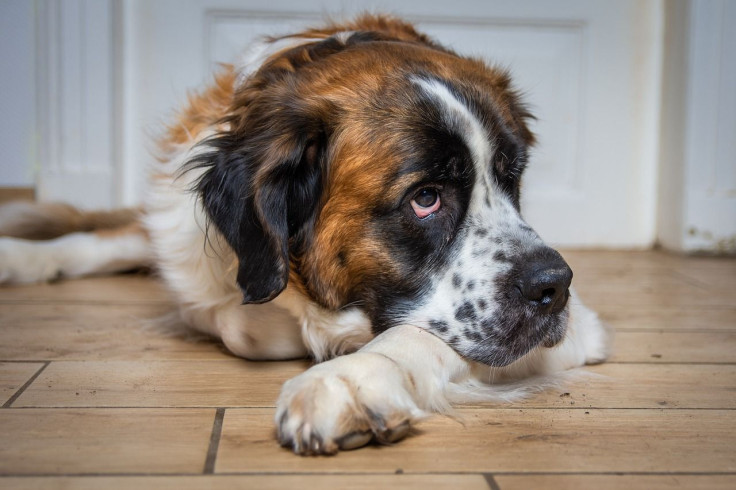What Is Green Rust? This Dog's Fur Turned Green Overnight
KEY POINTS
- The fur around the cone worn by the dog turned into a light shade of green
- The dog's saliva, which contains iron porphyrins, had something to do with it
- Instead of the usual red rust, "green rust" formed on the dog's fur
A woman was surprised to find that her dog's fur turned green overnight. Luckily, she was also the right person to figure out what happened.
Dr. Stephanie Olson recently took to Twitter to share her surprise upon finding her dog Olive's fur had turned green overnight. In the photos she shared, one can clearly see the fur around the cone worn by the dog had changed to a light shade of green.
I was alarmed to discover that my dog turned GREEN overnight.
— Dr. Stephanie Olson (@ExoStephO) July 18, 2021
I had no idea why. But it turns out that, as an early Earth geochemist, I was perfectly prepared to find out! 🧵 pic.twitter.com/SnM3iwKXVM
Though she was "alarmed" to find the odd coloration on her pooch's fur, Olson, who happens to be an Earth geochemist at Purdue University's Department of Earth, Atmospheric, and Planetary Sciences in Indiana, was also able to provide an explanation for it.
In the Twitter thread, Olson said that Olive was recovering from surgery. Because of it, the dog had to wear a cone, which ended up collecting saliva.
"Dog saliva contains iron porphyrins. Upon contact with oxygen, the iron is oxidized to iron oxide nanoparticles. Rust, essentially. This is why Olive and many other drooly dogs have rusty red staining by their mouths," Olson explained.
"Demoralized by the cone, Olive slept awkwardly on her stomach, which isolated her saliva-soaked neck folds from the oxygen in my living room," she said further.
As such, the dog's neck was left "unusually moist" and isolated from the oxygen in the air, thus preventing it from forming the usual red rust and formed green rust instead.
Rust can form anywhere that has unprotected metal or iron that gets exposed to the elements.
"Green rust" is an "unstable corrosion product" that is usually created in low-oxygen environments such as on rebar in a chlorine-rich environment. In this case, the environment was Olive's saliva-soaked fur.
"Green rust is rare today because it is unstable in the presence of oxygen, but it may have been common on the ancient Earth before our atmosphere became oxygenated," Olson said. "The ocean may have even appeared green instead of blue 2.5 billion years ago!"
With the mystery solved, the geochemist also asked for suggestions on how to remove the green rust. One user, a chemist, suggested using lemon juice or citric acid, while another suggested using baking soda with vinegar.
Just a regular chemist, but try lemon juice. Citric acid should bind the iron from the pigment, and you should be able to rinse it off. Another acid (eg vinegar) might work too, but citric acid can chelate, so should work better 😁
— Ivana Brekalo (@ivana_brekalo) July 18, 2021
Olson provided an "alternative hypothesis" for her pooch's conundrum.
"Olive is actually short for Olivine, a famously green mineral, and she is just honoring her namesake," Olson tweeted.

© Copyright IBTimes 2025. All rights reserved.






















